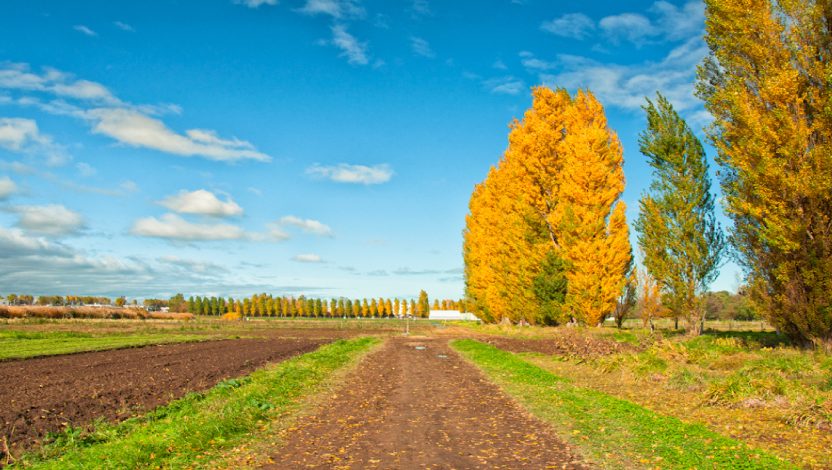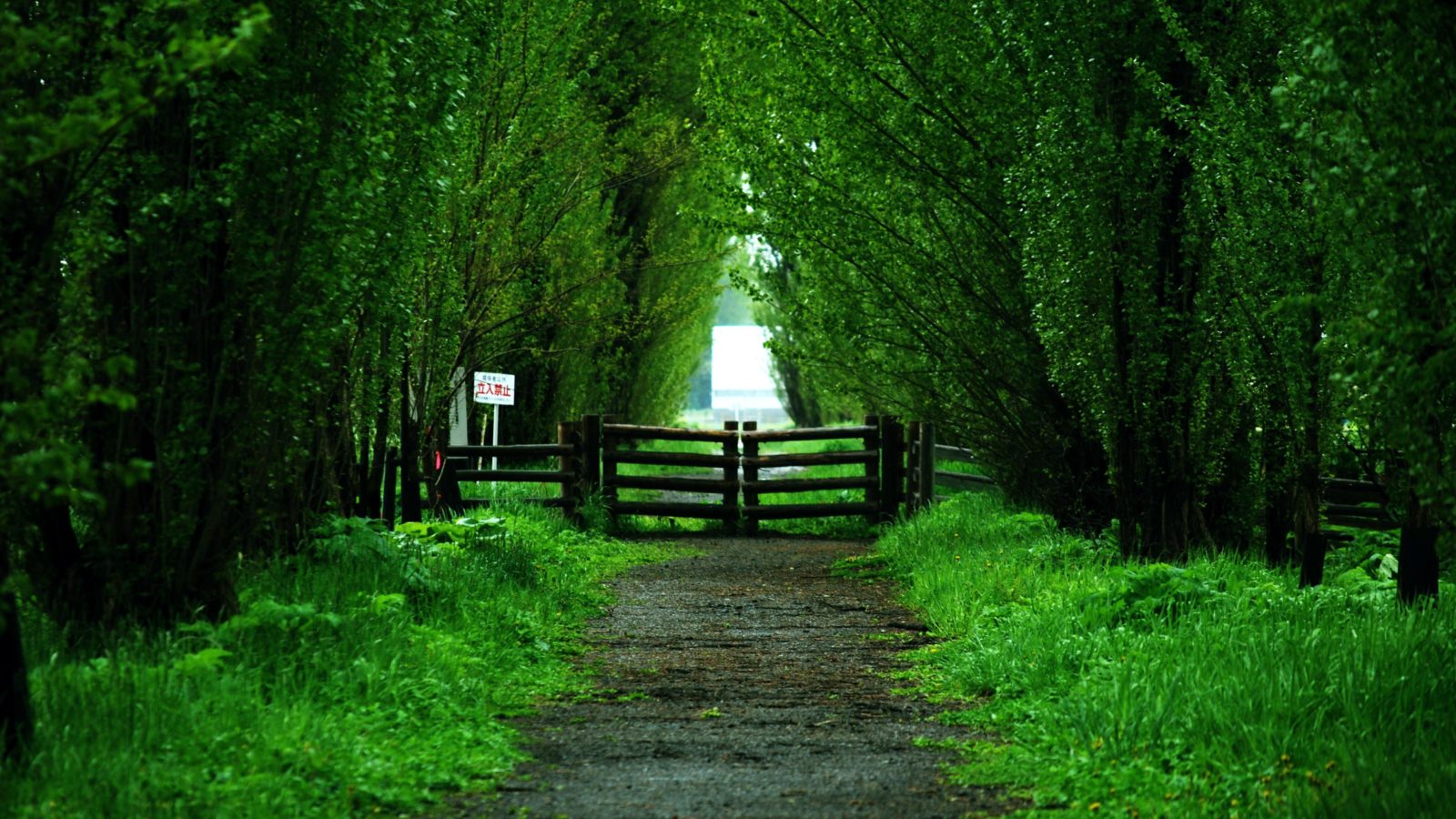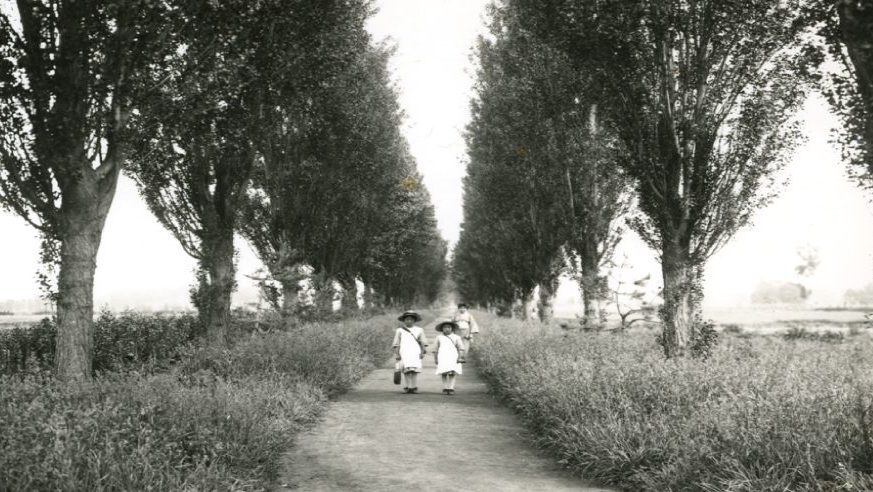Poplar Avenue – Old and New
Since when has Poplar Avenue been a symbol of Hokkaido University?
Poplar Avenue runs approximately 250 m alongside the farm on the northwestern side of the School of Science. It appears in most Hokkaido travel guidebooks and attracts an endless stream of tourists between spring and autumn. The poplar (official name is Lombardy poplar) was introduced to Hokkaido in the mid-Meiji era when its seeds were imported from the United States for windbreak forests. The first line of poplar trees at Hokkaido University was planted in 1903. However, it could not be called an avenue until 1912, when 45 trees were planted by students of the School of Forestry. The current avenue of 51 poplars was completed via supplementary planting after some trees fell during a typhoon in 1959. Unfortunately, public access to Poplar Avenue has been forbidden since 1970 due to the possible danger of the collapse/falling of the aged trees. According to the Hokudai Rekishi Sanpo, a walking history of Hokkaido University, the lifespan of poplars is between 60 to 70 years. Although the trees of the Poplar Avenue look young, they are actually withered and old.
The Heisei Poplar Avenue was created recently as a new symbol of Hokkaido University in place of the old one. The planting ceremony was held in October 2000 as a part of the 125th anniversary of the university’s foundation. The new Poplar Avenue is located 500 m north of the old one on the other side of the farm. A variety of conditions were considered when selecting the location. First, since poplars grow to be fairly large, the avenue needed to be placed in an expansive and flat rural area. Another one of the requirements was that the area must allow pedestrians and cars to pass through the avenue. It also needed to command a view of Mt. Teine. This last requirements originates from the lyrics of the dormitory song Miyakozo Yayoi (“Twilight on the Ridge of Teine”). A part of the song narrates the line of sight extending from the avenue.
Seventy poplars were planted not too long ago with consideration given to other existing trees in the area. Including these trees, the new avenue is planned to be approximately 300 m long and 16 m wide. The young trees were grown from cuttings collected from the old Poplar Avenue in the nursery garden of the Faculty of Agriculture’s experimental forest. In other words, they are “clone” poplars with the same genes as their parents. In addition to affiliates of the university, citizens participated in the planting of these trees. Everyone contributed to the new symbol of Hokkaido University. These tall, majestic poplars should welcome us in approximately 20 years.



